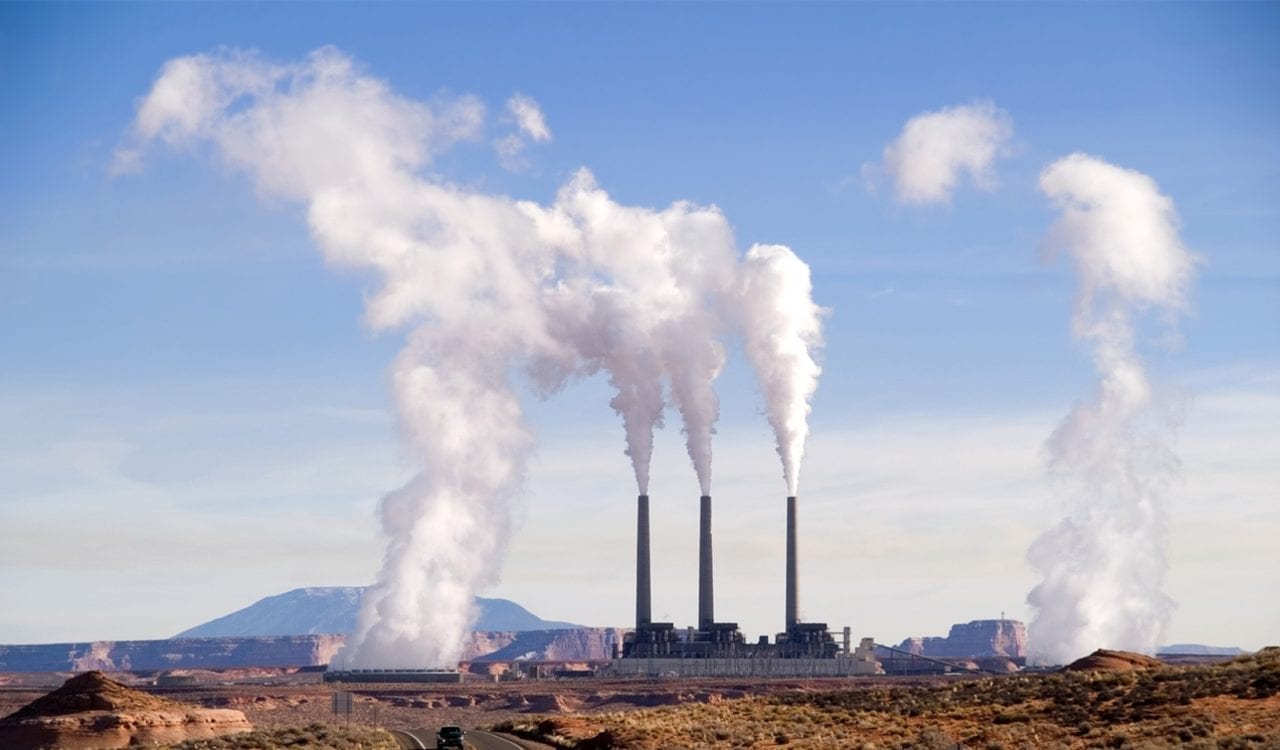
Large emitters and environmental observers have welcomed the progressive implementation of the carbon tax, saying that it encourages companies to adopt energy efficiency measures while giving them the time to adapt to the changes.
Singapore’s Finance Minister Heng Swee Keat announced in his budget speech that large emitters in Singapore will be charged S$5 per tonne of greenhouse gas emissions under the carbon tax that will be implemented next year.
The tax rate will be reviewed by 2023, with the intention of increasing it to between S$10 and S$15 per tonne by 2030. The review will consider global climate change developments, the progress of Singapore’s emissions mitigation efforts and its economic competitiveness, Mr Heng said.
Mr Yu Tat Ming, chief executive of PacificLight, a power generation company, welcomed the Government’s proposal to review the carbon tax over time.
“The initial imposition of S$5 per tonne encourages industry to implement efficiency improvements and consumers to adapt their consumption pattern,” he said. “Future changes in the carbon tax can be made by the government depending on how close Singapore is to achieving its emission targets.”
The carbon tax is just one in a range of measures aimed at reducing emissions intensity in Singapore by 36 per cent from 2005 levels by 2030 under the Paris Agreement.
Likewise Mr Steven Fries, chief economist at Royal Dutch Shell, said the carbon tax represents an “important step” in meeting Singapore’s emission targets.
“However, it is important to design this tax so that it will be an effective incentive to cut emissions and also support industry competitiveness, both of which are Government goals,” he added.
To that end, Mr Yu said he still supports the setting of industry benchmarks based on “best in class” targets to encourage efficiency improvements without compromising future economic growth.
“International experience has shown a good way to deliver on both objectives is for Governments to set an appropriate carbon ‘price’ on emissions which exceed an acceptable industry performance,” Mr Fries added.
“This allows the government to set a carbon price high enough to incentivise companies to be more efficient, while safeguarding competitiveness by keeping the average carbon tax low.”
Still, Ernst & Young tax analyst Chia Seng Chye believes the carbon tax is a “good start”.
“It’s also about creating the right kind of behaviour, incentivising emitters who proactively manage their carbon emissions, rather than treating it purely as a source of additional tax revenue for the Government,” he explained.
The progressive nature of the carbon tax also lets emitters warm up to it, he added. “So after 2030, when the rate is actually increased, they would not find it so prohibitive in terms of the cost.”
Energy Studies Institute research fellow Melissa Low said the time frame of five years before the tax is reviewed is an “adjustment period” for companies to become more efficient.
“The current fleet of power generators, such as turbines they have for example, is about 15 years of age, and the technology purchased by them is ‘locked-in’ for decades,” she explained.
In addition, 2023 is also when countries – as part of the Paris Agreement – will do a global stocktake on what has been achieved so far, she pointed out.
Therefore, that will be a good time for the Government to review whether the current carbon tax has worked in reducing emissions, as well as to review its suite of measures, she said.
More importantly, Ms Low pointed out that unlike the European Union’s Emissions Trading Scheme which provides “free allowances” to certain emitters, Singapore’s carbon tax system does not exempt anyone.
So while the carbon tax rate might be lower than the previously announced range of between S$10 and S$20, it still sends a price signal to companies, affecting their bottom lines, she added.
Member of Parliament (MP) for Nee Soon GRC Lee Bee Wah said the carbon tax sends a “very clear” signal that reducing carbon emissions is an issue that needs to be dealt with.
Dr Lee, who also sits on the Government Parliamentary Committee (GPC) for Environment and Water Resources, said the progressive nature of the tax gives companies the time and space to adapt.
“As Minister Heng mentioned just now, he’s prepared to spend more than what he collects for companies to come up with innovative solutions, so it gives a balance,” she added.
HOUSEHOLDS SHOULD PLAY PART
Beyond what emitters can do, Mr Yu stated that achieving emissions targets would require a “concerted effort” from all parties.
“On the demand side, the carbon tax must achieve the intended objective of encouraging consumers to adopt efficient practices and appliances,” he said.
To that end, he noted that the carbon tax would likely impact customers, adding that it would cost his company an additional S$8.25 million a year.
“As an electricity retailer, we shall do our part to cushion the impact on consumers,” he said. “For example, we encourage our customers to consume energy during off-peak hours, when electricity prices are likely to be lower and we can operate our plant more efficiently.”
The carbon tax will make up about 1 per cent of total electricity and gas expenses on average, translating to a rise in electricity prices of about 0.21 cents per kWh, assuming the full tax is passed on to end-users.
To help households adjust, the Government will provide additional Utilities-Save (U-Save) rebates from 2019 to 2021. During this period, each eligible Housing and Development Board household will receive S$20 more per year.
MP for Holland-Bukit Timah GRC Liang Eng Hwa, who also sits on the Environment and Water Resources GPC, said the rebates would be “more than enough” in offsetting the increase in electricity bills.
“I think these are schemes that have to be put in place to help mitigate the impact of all these tax increases,” he said.

